The article in a nutshell:
– Human trafficking poses a threat not only to individuals, but also to the international community;
– The Protocol to Prevent, Suppress and Punish Trafficking in Persons, Especially Women and Children issued in 2000 is currently the most important international legal act fighting human trafficking;
– Due to the dynamic development of information-communication technologies, the solutions implemented on the international level are outdated and the issue of social media in human trafficking is one of the biggest challenges for the whole global community.
Human trafficking poses an enormous challenge for the whole international community. It creates threats not only to the life, health, and safety of individuals, but also, due to its transnational nature and the involvement of criminal groups on an unprecedented scale, for the security and stability of states, and, consequently, for the stability of the international system. However, it is difficult to estimate the exact scale of human trafficking due to the complex nature of the phenomenon.
Organized crime, including criminal groups engaging in human trafficking, is a threat to the sustainable development of states. The phenomenon itself, and the bribery and corruption often related to it, have a negative impact, among others, on the economy and security of countries. The former results from the reduction of tax revenues and the loss of human resources, while the latter – from the development of organized crime, often combining human trafficking with other forms of criminal activity, such as drug trafficking. The elimination of this phenomenon, the so-called modern form of slavery, is one of the United Nations Sustainable Development Goals[1].
Currently, human trafficking is carried out mainly through social media, in particular through popular websites such as Facebook, Instagram, or Snapchat, which are used by traffickers to collect or steal information about potential victims, track, observe, impersonate a victim, and many others.
International cooperation in fighting human trafficking
At the international level, cooperation in the fight against the trafficking in human beings has been going on for over a century. During this time, countries signed numerous international agreements, gradually completing the definition of the term in question. In 1904, the first legal act the International Agreement for the Suppression of the White Slave Traffic was issued, and six years later the “Convention for the Suppression of the Traffic in Persons” followed. Both documents define the concept of human trafficking as the abduction or transportation outside the borders, also with prior consent, of women and girls for the purpose of providing sexual services both in the state where the abduction took place and outside its borders. While only the first of the above-mentioned documents provides for the establishment of state institutions whose task would be to collect information on the recruitment and transport of women and girls abroad, both acts called for cooperation between countries consisting of exchanging information on possible human trafficking[2].
Contrary to the acts of 1904 and 1910, the International Convention for the Suppression of the Traffic in Women and Children from 1921 together with the Protocol on its Amendment signed in Lake Success in 1947[3] recognizes trafficking of children of both sexes, but in terms of motivation and scope of cooperation between states, they refer to the aforementioned 1904 Agreement and 1910 Convention[4].
The 1933 International Convention for the Suppression of the Traffic in Women of the Full Age does not include legal protection for men, thus only adult women, taken for the purpose of providing sexual services[5]. This means that this convention also does not supplement the previously adopted definition.
As in the case of torture[6], the 1945 United Nations Charter should be regarded as the starting document for the discussion of trafficking in human beings. It was the UN Charter that included human rights in the system of international cooperation. The Charter does not directly prevent any of the practices though – neither the currently discussed human trafficking nor the aforementioned torture.
The 1949 Convention for the Suppression of the Traffic in Persons and of the Exploitation of the Prostitution of Others replaced the previously adopted international regulations. The Convention obliges the parties to punish any person who, “to gratify the passions of
another procures, entices or leads away, for purposes of prostitution, another person, even with the consent of that person” (Article 1, point 1)[7]. This means that since then, not only women and children are protected by international law, but every person is, regardless of their age. Moreover, the Convention requires parties to convict anyone directly or indirectly involved in the practice, in particular for the provision of sexual services to others.
The definition in the Protocol to Prevent, Suppress and Punish Trafficking in Persons Especially Women and Children from 2000 understands trafficking in persons not only as the recruitment, transportation, and transfer but also harboring or be the recepient of persons, by means of the threat or use of force or other forms of coercion, abduction, fraud, deception, abuse of power or a position of vulnerability (article 3, point a)[8]. The above definition differs from the previous ones in that it covers the trafficking of women, men, and children not only for the purpose of providing sexual services but for any exploitative work. What is more, since the Protocol came into force, every victim is subject to international legal protection, irrespective of whether they were transported inside or outside the borders of a country. Moreover, the document excludes the possibility of the victim’s consent to abduction or transportation, which was allowed in the previously discussed acts. The 5th article of the Protocol obliges the states to adopt such legislative and other measures as may be necessary to establish as criminal offenses the above-mentioned acts as well as other intentions, not covered by the act, of which is to gain profits from trafficking in human beings. Since the adoption of the Protocol in 2000, supplementing the “United Nations Convention against Transnational Organized Crime” of the same year, the definition adopted therein has been incorporated into many other political and legal solutions, not only at the international but also national level. The Protocol is currently the most important instrument in the fight against trafficking in human beings.
Initially, the solutions protected only women and girls, but now both women and men are subject to legal protection, regardless of their age. What is more, back in the twentieth century it was thought that the main intention of trafficking in human beings was to benefit from prostitution, but now almost all forms of exploitation are recognized. What is worth highlighting is the fact that, according to the Committee on the Elimination of Discrimination against Women, women and girls are the most common victims of trafficking[9]. In 2017-2018 they represented 72% of victims and when it comes to child trafficking, girls represent 77% of victims[10]. On average, 94% of victims are used to provide sexual services[11].
The role of social media
The solutions adopted at the national and international level quickly become outdated, which is an effect of dynamically developing information-communication technologies. In the case of human trafficking, it especially applies to situations such as building relationships via the Internet, publishing false job offers, advertising and selling services (including procuring in offering sexual services). This happens primarily through numerous social networks such as Facebook, Instagram, or Snapchat.
The first from the above, building relationships, can happen in various ways, but patterns used by the aggressor remain the same. It is understood as creating false profiles on social media sites – impersonating other people, or creating anonymous user accounts – and establishing contact with the victim in the beginning, e.g. by commenting on photos and publications of the person, then sending them private messages, building a sense of closeness and intimacy with the victim.
False job offers – including i.a. modelling and acting – are also published on publicly available social networking sites. People involved in the crime of human trafficking most often create fake business accounts, where they publish false job offers or directly contact a selected victim, pretending to be recruiters, specialists in a field, or business owners.
Advertising and sale of services – in particular sexual services – primarily concerns providing access to photos, videos, or interactions with a person via social media. It so happens that the victims are not aware that they are being watched, recorded and that the videos where they appear are published on selected internet portals. In other cases, they might be victims of human trafficking, who are forced to perform such work.
During the COVID-19 pandemic in 2020, a significant increase in human trafficking was observed. Popular social networking sites such as Facebook, Instagram, and Snapchat are used, as they ensure easy access to potential victims and effective concealing of the identity of the perpetrator[12]. This is not only due to the restrictions imposed by state authorities, but also to the greater amount of time individuals spend on social networks and the growing sense of loneliness, and the need for contact.
At the end of June 2021, the Supreme Court of the US state of Texas issued a ruling in which it stated that Facebook cannot be sued for what users publish on the portal, but can be for allowing human traffickers to use the site as a recruitment tool[13]. The sentence forces Facebook and other social networks to introduce changes in the protection of its users. The ruling of the Supreme Court of Texas, which is a precedent only in this state, will most likely be cited by other courts and also outside the US.
Currently, Facebook officially stands against all forms of trafficking in human beings. Moreover, to fight it, numerous prohibitions of using the network are mentioned in the 10th point of community standards, among which are the following: trafficking in sexual services, trafficking in children for illegal adoption, forced marriage or forced criminal activity[14].
Conclusion
Trafficking in human beings is currently one of the fastest-growing areas in crime, it is very complex and is often linked to other factors, for example, economic or social. Many contemporary practices in human trafficking are prohibited under international human rights laws, but due to the rapidly developing information and communication technologies solutions adopted at the international level are outdated. The role of social networking in this process is one of the biggest challenges for the entire international community.
The development of technology and the COVID-19 pandemic reveal an urgent need to take steps to limit the use of social media in the process of trafficking in human beings. Social networking sites, such as the aforementioned Facebook, Snapchat, and Instagram should also establish the appropriate legal framework in order to provide the most effective protection of their users. Moreover, they should be able to identify threats appearing on social media platforms before they occur, using appropriate techniques. Combating trafficking in human beings as it occurs in cyberspace, in particular on social networking sites, requires close cooperation and involvement of states, international organizations, and social networking sites.
[1] Goal 8: Promote inclusive and sustainable economic growth, employment and decent work for all, UNIC Warsaw, https://www.un.org.pl/cel8 (entry date: 16.07.2021).
[2] Government declaration of September 8, 1922 on the accession of the Republic of Poland to the International Agreement of May 18, 1904 and to the International Convention of May 4, 1910, signed in Paris, regarding the fight against trafficking in human beings, Journal Of Laws of 1922 No. 87, item 783.
[3] Protocol to amend the Convention for the Suppression of Trafficking in Women and Children, concluded at Geneva on September 30, 1921, and the Convention for the Suppression of Trafficking in Women of the Full Age, concluded at Geneva on October 11, 1933, signed at Lake Success on November 12, 1947, Journal Of Laws of 1951 No. 59, item 405.
[4] International Convention for the Suppression of the Traffic in Women and Children, signed in Geneva on September 30, 1921, Journal Of Laws of 1925 No. 125, item 893.
[5] International Convention for the Suppression of the Traffic in Women of the Full Age, signed in Geneva on October 11, 1933, Journal of Laws of 1938 No. 7, item 37.
[6] K. Siekierka, Praktyka przestrzegania Konwencji ws. zakazu stosowania tortur z 1984 r. przez Izrael, Instytut Nowej Europy, https://ine.org.pl/praktyka-przestrzegania-konwencji-ws-zakazu-stosowania-tortur-z-1984-r-przez-izrael/ (entry date: 16.07.2021).
[7] Convention for the Suppression of the Traffic in Persons and of the Exploitation of the Prostitution of Others, Journal of Laws of 1953 No. 13, item 78.
[8] Protocol to Prevent, Suppress and Punish Trafficking in Persons, Especially Women and Children, supplementing the United Nations Convention against Transnational Organized Crime, Journal of Laws of 2005 No. 18, item 160.
[9] Social media-based trafficking on the rise during coronavirus pandemic, United Nations, https://news.un.org/en/story/2020/11/1077402 (entry date: 17.07.2021).
[10] UN Women, Addressing Emerging Human Trafficking Trends and Consequences of the COVID-19 Pandemic, https://www.osce.org/files/f/documents/3/b/467700.pdf (entry date:18.07.2021).
[11] United Nations Office on Drugs and Crime, Global report on trafficking in persons 2018, https://www.unodc.org/documents/data-and-analysis/glotip/2018/GLOTiP_2018_BOOK_web_small.pdf (entry date: 18.07.2021).
[12] United Nations, Social media-based trafficking on the rise during coronavirus pandemic, chttps://news.un.org/en/story/2020/11/1077402 (entry date: 17.07.2021).
[13] G. Dangor, Ruling Against Facebook In Sex Trafficking Case Threatens Key Legal Shield For Social Media Platforms, Forbes, https://www.forbes.com/sites/graisondangor/2021/06/25/ruling-against-facebook-in-sex-trafficking-case-threatens-key-legal-shield-for-social-media-platforms/ (entry date: 18.07.2021).
[14] 10.Human Exploitation, Facebook, https://www.facebook.com/communitystandards/human_exploitation (entry date: 18.07.2021).

IF YOU VALUE THE INSTITUTE OF NEW EUROPE’S WORK, BECOME ONE OF ITS DONORS!
Funds received will allow us to finance further publications.
You can contribute by making donations to INE’s bank account:
95 2530 0008 2090 1053 7214 0001
with the following payment title: „darowizna na cele statutowe”
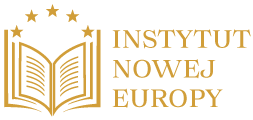



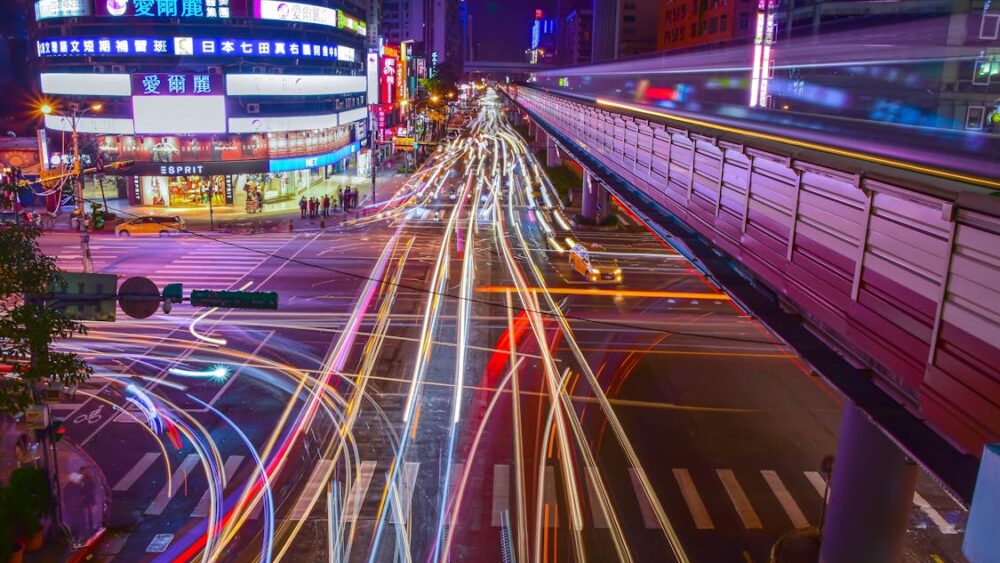

















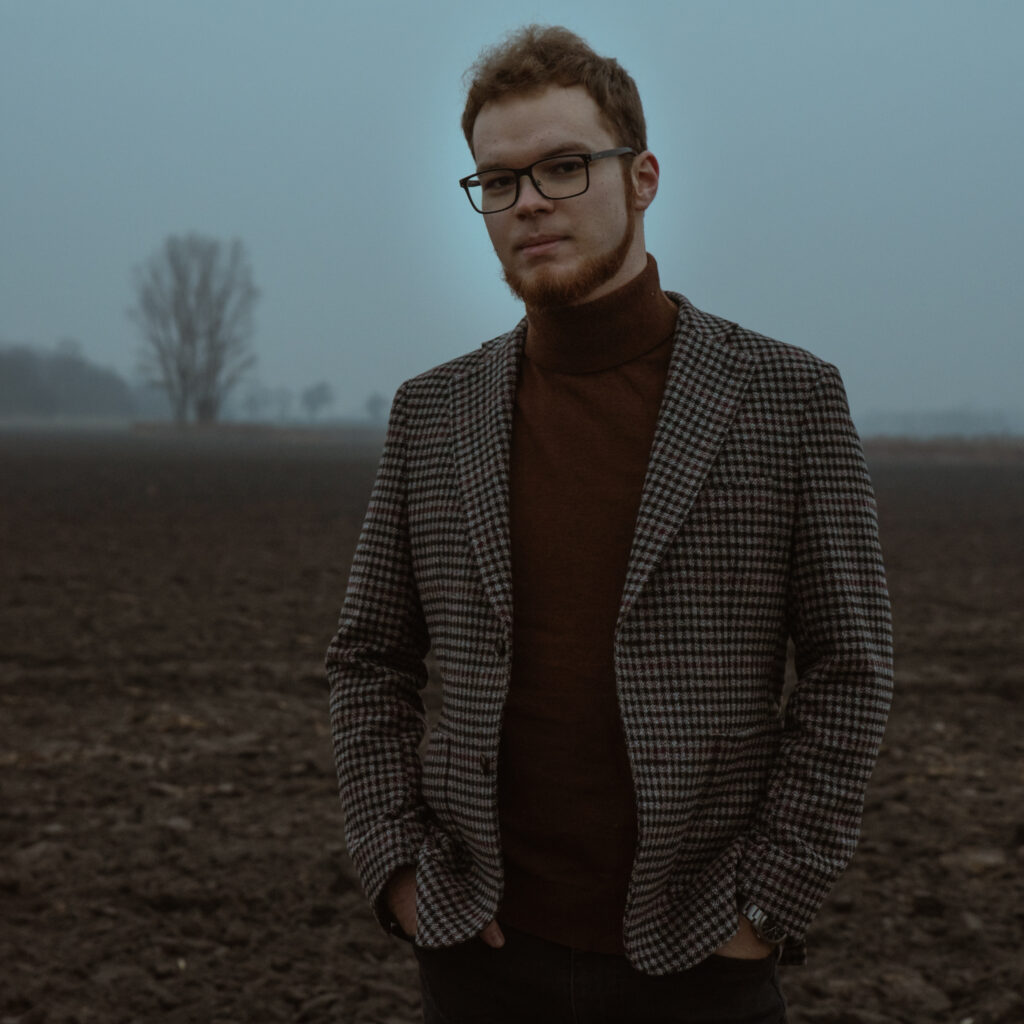

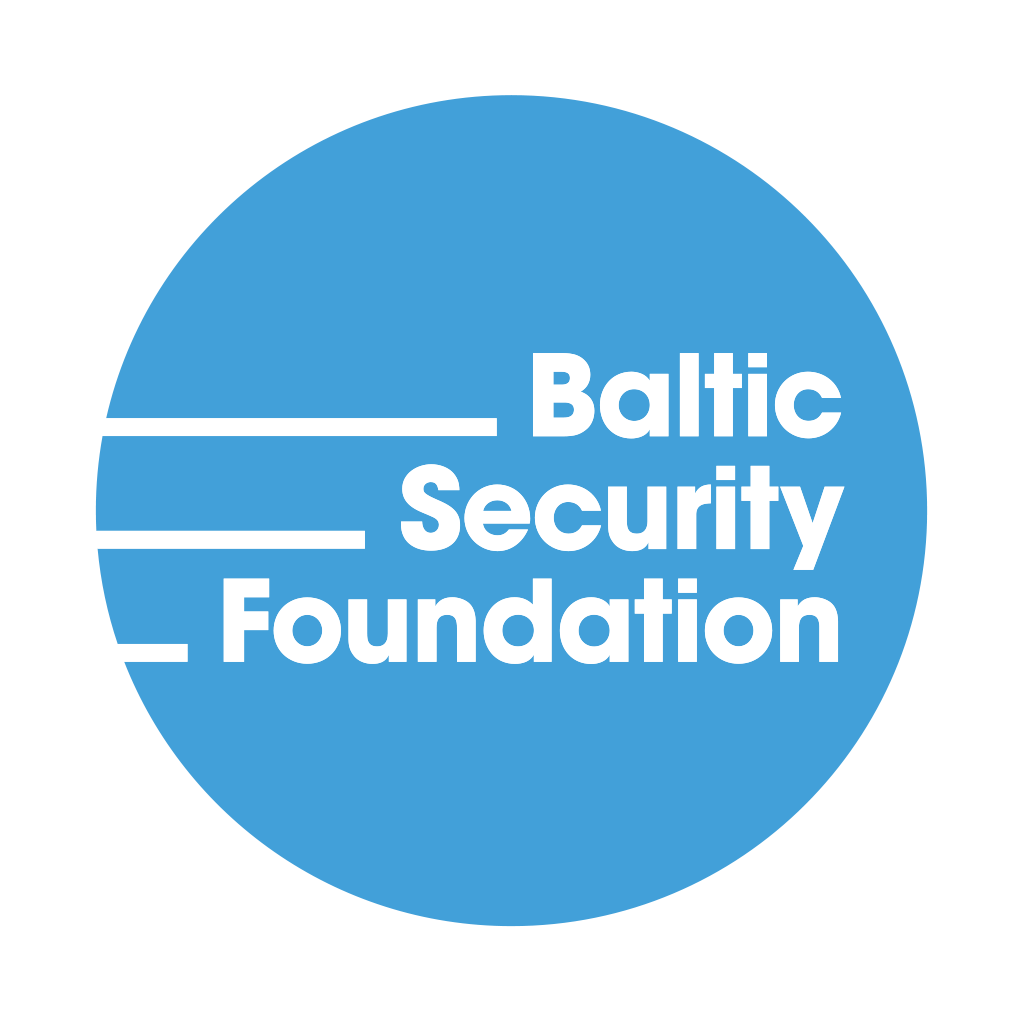
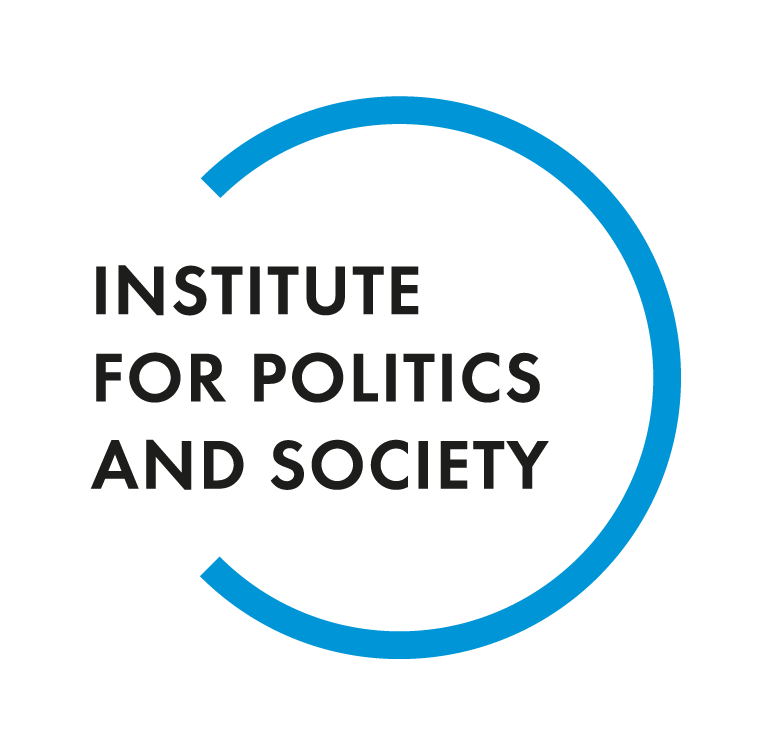


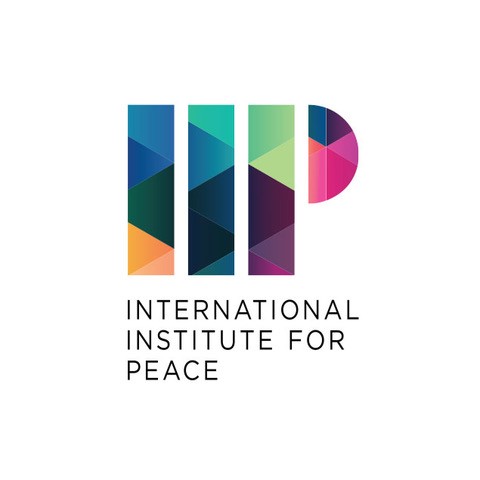
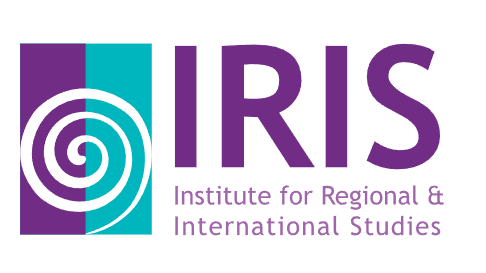
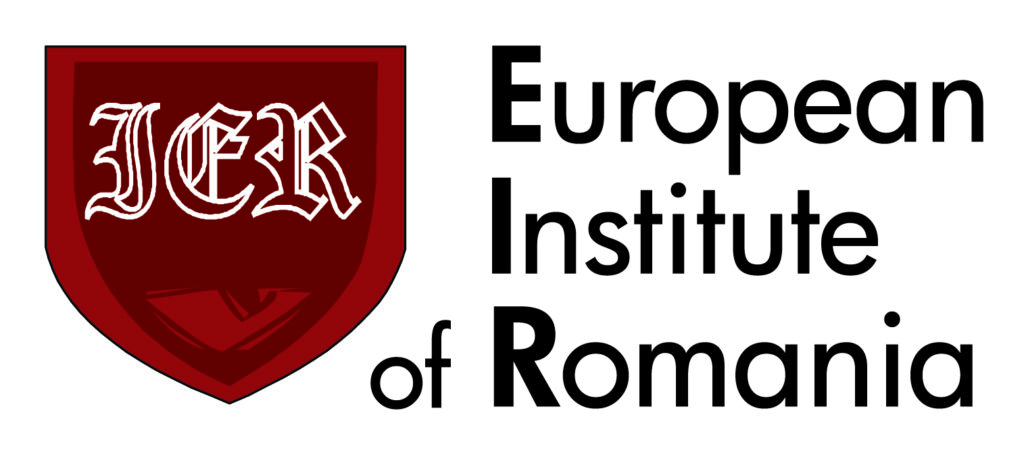
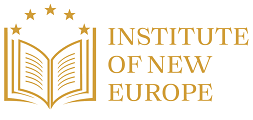
Comments are closed.